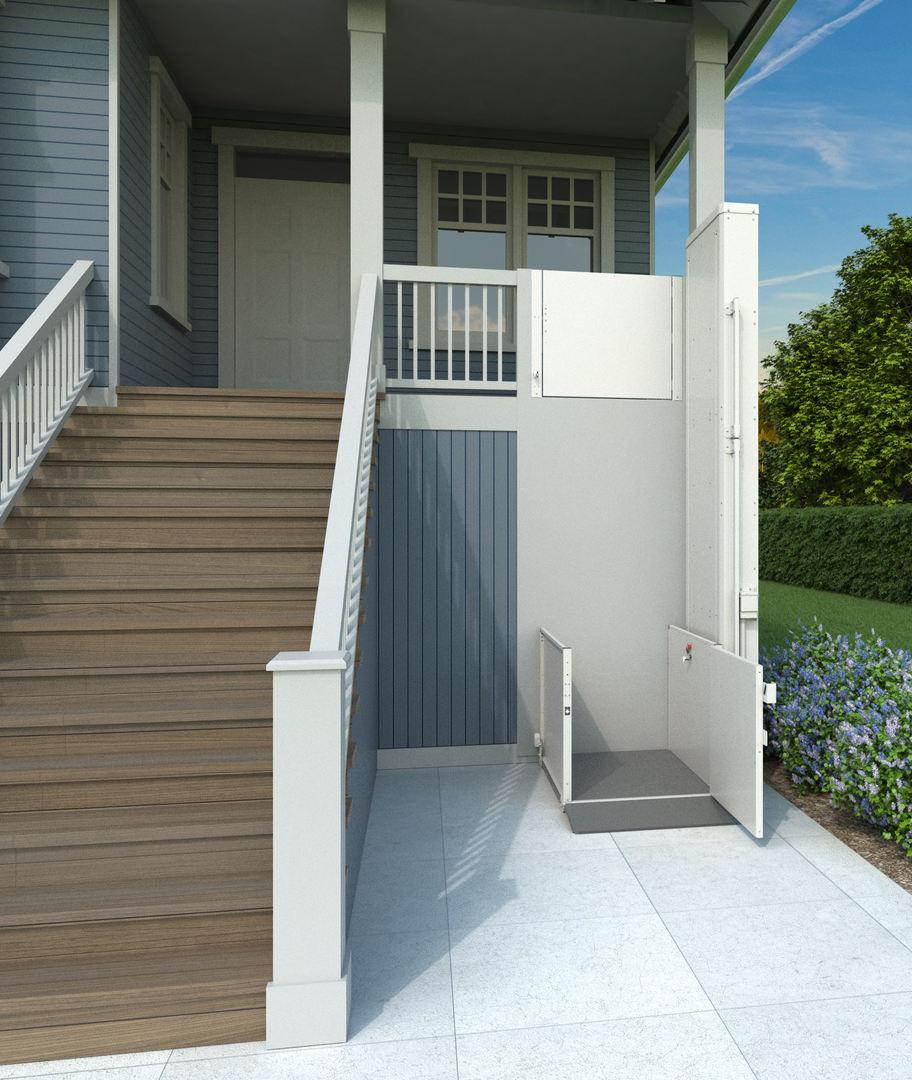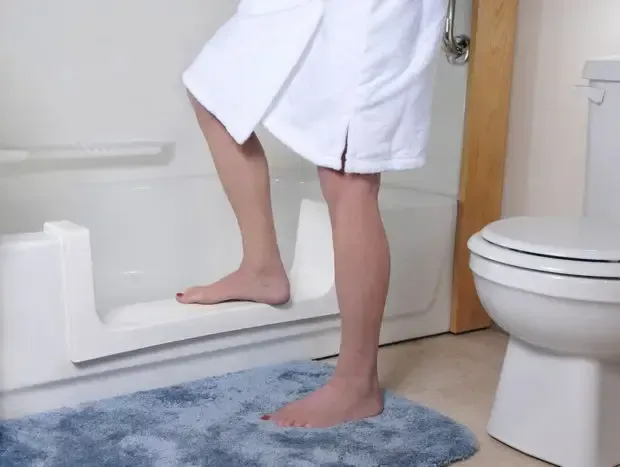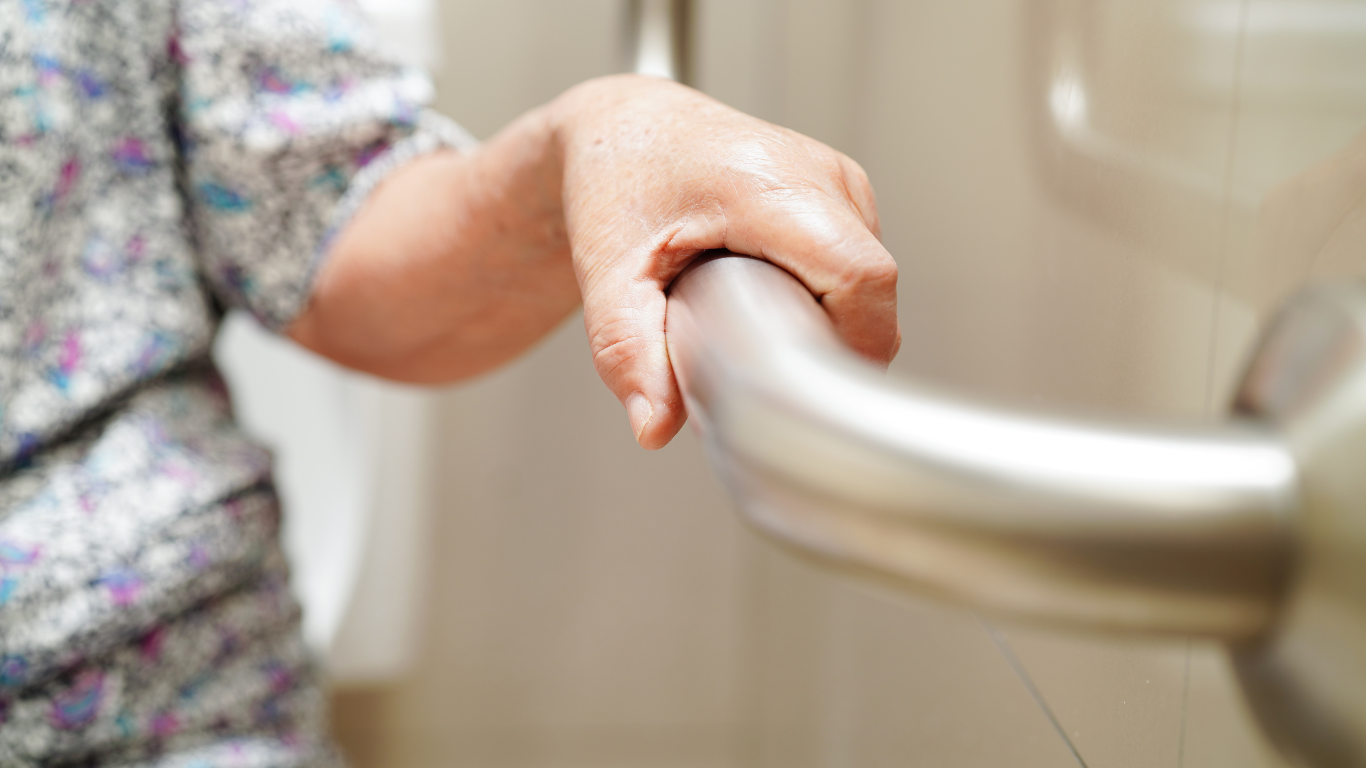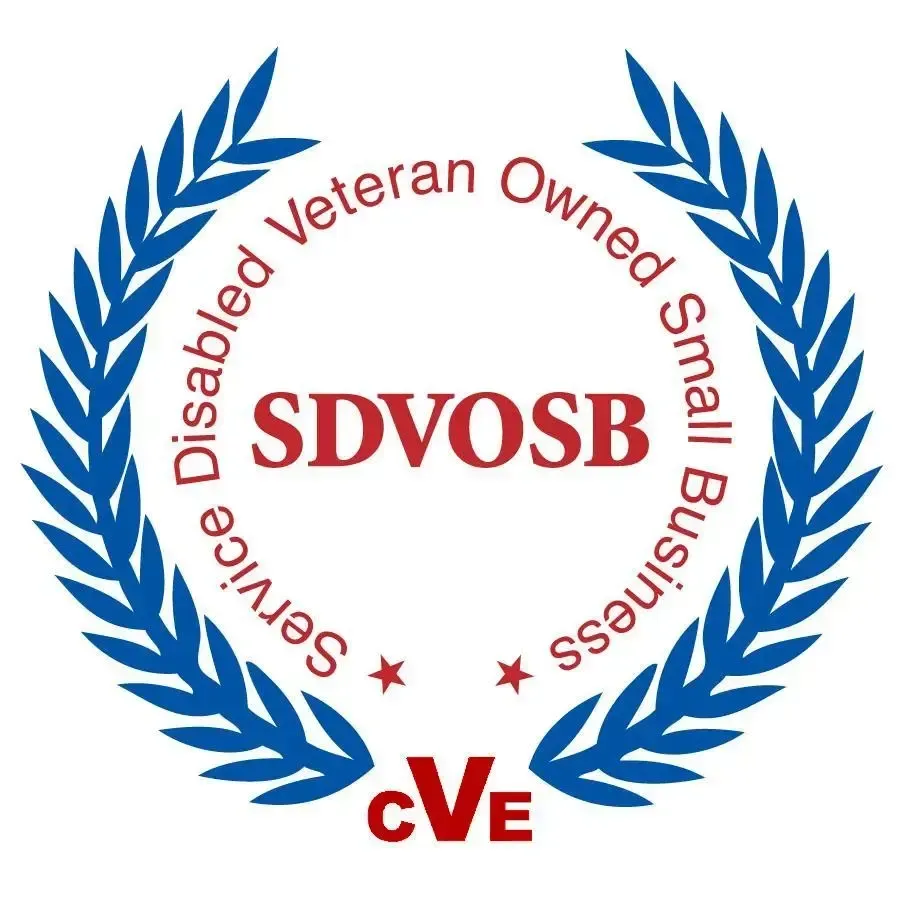The Hidden World of Inaccessible Spaces: A Realization Often Made Too Late

Imagine a world filled with places you used to visit frequently—your favorite coffee shop, the charming bookstore on the corner, your local park, or even your friends’ homes. Now, picture yourself unable to enter these places easily or even at all. For many people, this sudden shift happens only after an injury, illness, or other life change that limits their mobility. In that moment, they encounter a hidden world of barriers that most of us never fully recognize until accessibility becomes a personal necessity.
At Altamira, we specialize in transforming homes to be welcoming, accommodating, and fully functional for everyone, regardless of mobility needs. From widening doorways and installing custom wheelchair ramps to redesigning bathrooms for safe, independent use, we bring accessibility to life in practical, lasting ways. Our work is a commitment to fostering independence and ensuring that people can continue to access their favorite places, whether at home or in the community.
Discovering Inaccessibility the Hard Way
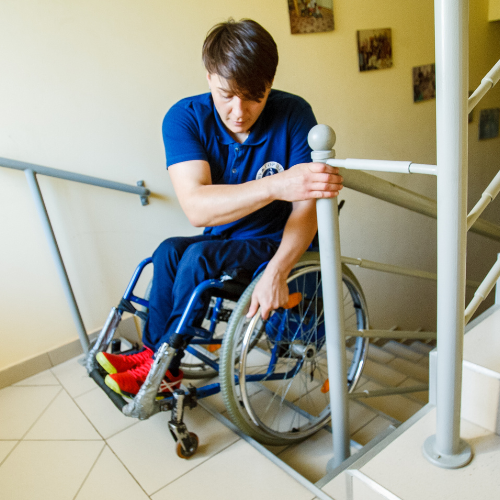
Accessibility is something we often take for granted. When we’re fully mobile, we tend to assume that public places are designed to accommodate everyone. Yet, once mobility changes, it’s common to discover just how many places lack the infrastructure needed for easy access. Simple tasks, like navigating stairs, moving through narrow doorways, or using restrooms without adequate space, can quickly become obstacles that prevent participation in everyday life.
Consider something as routine as grocery shopping. For someone in a wheelchair, navigating narrow aisles or high shelves can be overwhelming and, in some cases, impossible. Without ramps, automatic doors, or accessible restrooms, even grabbing a few groceries can turn into a frustrating and exhausting experience.
Recognizing Invisible Barriers in Familiar Places
Inaccessibility isn’t just about physical spaces. Social situations can also become difficult to navigate, both physically and emotionally. Friends may unintentionally choose restaurants or activities that aren’t wheelchair-friendly or require extensive walking, unaware of the challenges they’re introducing. What’s often an easy outing for one person becomes a logistical challenge for another.
Public spaces, too, are often far from inclusive. Parks, concert venues, theaters, and even airports may lack adequate accommodations, creating discomfort and feelings of isolation for those who require accessible facilities. These environments, though well-visited and frequently updated, often still fall short in supporting everyone’s needs.
A Growing Demand for Change
Fortunately, awareness around accessibility is growing, but there is still much work to be done. In recent years, conversations around universal design—creating spaces that accommodate as many people as possible, regardless of age, size, or physical abilities—have gained traction.
This shift in mindset is vital, as it encourages us to design with accessibility in mind from the start rather than as an afterthought. Universal design not only benefits people with disabilities but also helps parents with strollers, older adults, and anyone who faces temporary physical challenges.
How We Can All Advocate for Better Accessibility
- Evaluate Your Own Spaces – Whether it’s your home, office, or business, consider how accessible it is for people with mobility challenges. Could a wheelchair easily navigate your space? Are there barriers you could remove or improve?
- Support Accessibility in Your Community – Advocate for accessible facilities in your community. Encourage local businesses to install ramps, widen doorways, or make restrooms more accessible. A single suggestion can inspire meaningful change.
- Practice Empathy and Inclusion – Remember that not all disabilities are visible. Approach accessibility conversations with empathy and be inclusive of everyone’s needs. If you’re organizing an event or meeting, make sure accessible options are available and communicated to attendees.
- Stay Educated and Spread Awareness – Accessibility laws and guidelines are continually evolving. Staying informed on these changes and advocating for improvements when possible can make a big difference. Sharing your awareness with others helps shift societal perspectives on accessibility.
Moving Forward
At Altamira, we believe accessibility isn’t just a specialized need; it’s a foundational part of inclusive living. By recognizing the invisible struggles many people face and actively working to remove barriers, we help create spaces where everyone has the freedom to participate fully in life’s simple joys.
If you or a loved one are realizing just how many places are inaccessible after a change in mobility, we’re here to help. Reach out to Altamira to explore how we can make your world a little easier to navigate. Together, we can build a future where accessibility is a visible and valued part of every community, bringing freedom, comfort, and independence to those who need it most.
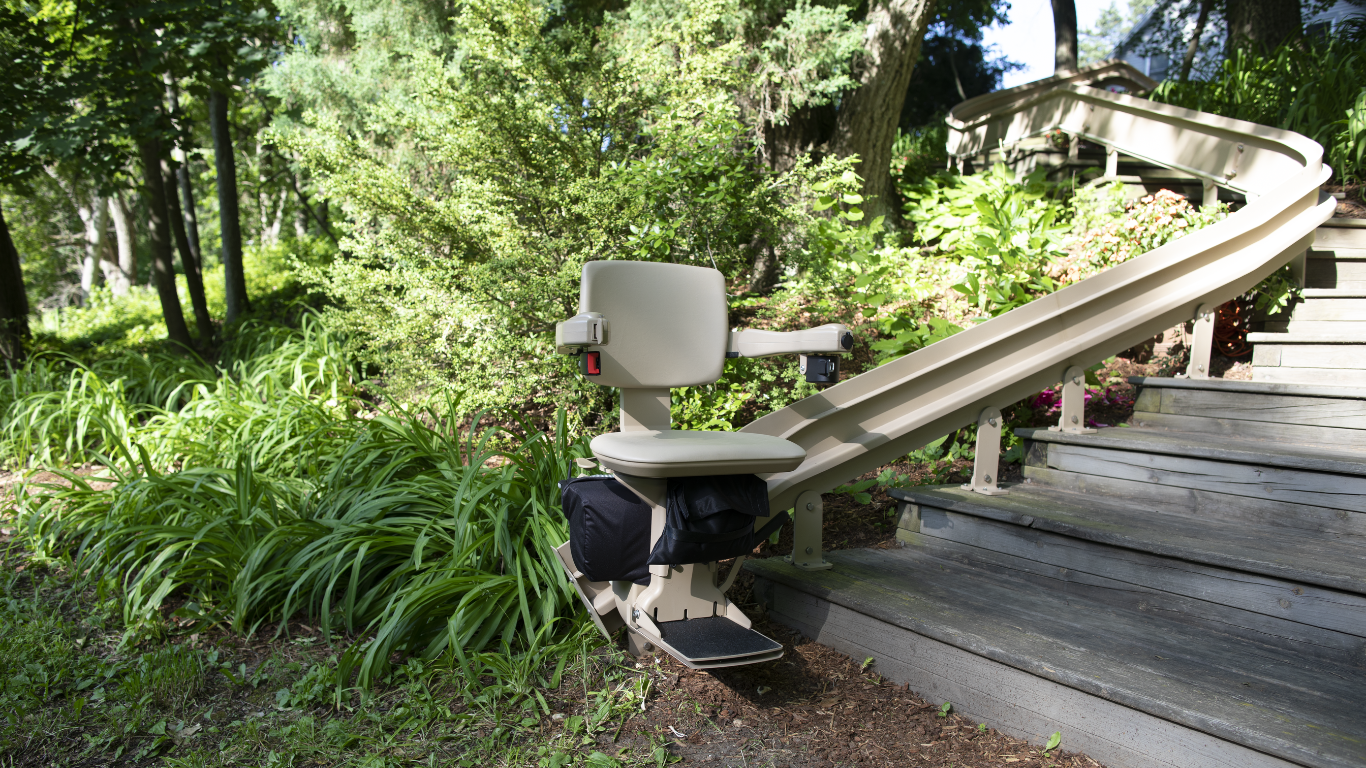
Altamira's Blog
